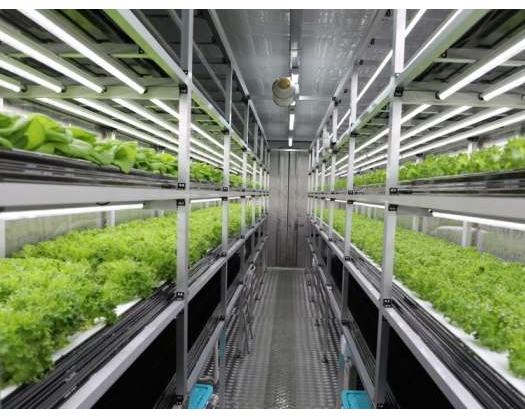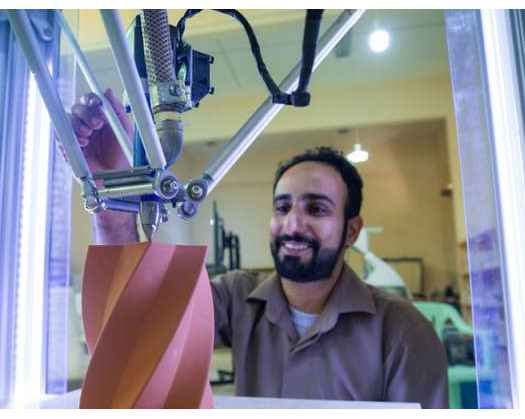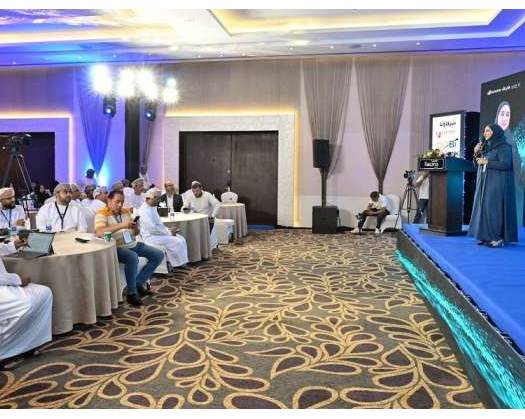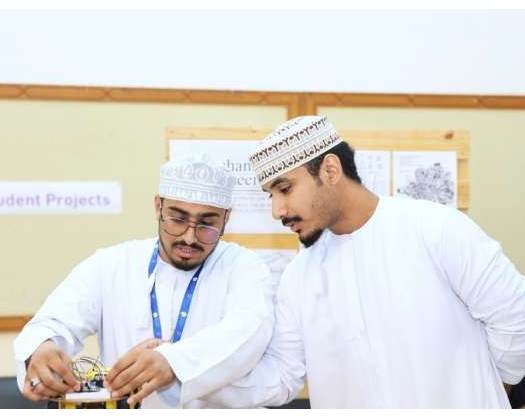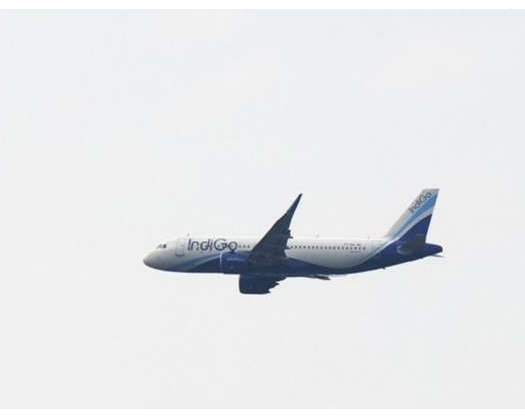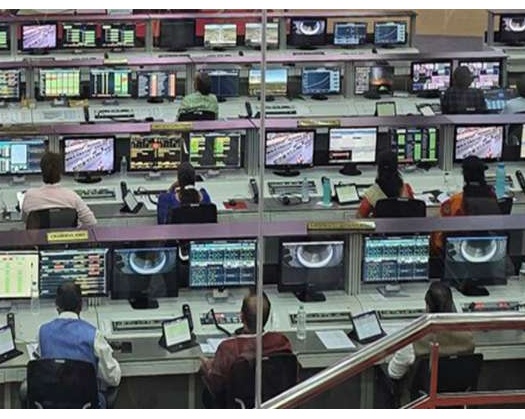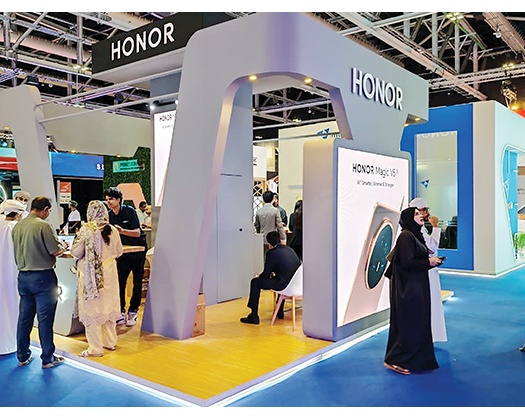Muscat: The Sultanate of Oman has recently embraced smart agriculture as part of its plan to achieve food security and conserve natural resources, in accordance with the goals of Oman Vision 2040, which aims to modernize and develop the agricultural sector.
Oman has seen increased use of sophisticated agricultural technologies, such as protected farming, intelligent irrigation, and drone use. However, these applications are still in a stage of gradual growth, with the majority being focused on research and private sector-supported investment projects.
Eng. Badriya Saif AlHosni, Director of the Smart Agriculture Department at the Directorate General of Agricultural and Livestock Research at the Ministry of Agriculture, Fisheries, and Water Resources, stated: A critical aspect of the ministry's plan to promote technology in agriculture is digital transformation of services, use of modern techniques to improve crop productivity, reduce input costs, and empower farmers with smart farming tools.
She stated that ongoing efforts are being made to strike a balance between conserving Oman's agricultural legacy and implementing contemporary farming technology by incorporating innovations into traditional practices. Examples, she said, include preserving local plant species through gene banks and upgrading water supply in aflaj (traditional irrigation channels) while maintaining their historic character.
Oman has adopted a number of modern agricultural technology in recent years, including soilless farming (hydroponics), integrated aquaculture-agriculture (aquaponics), and precision farming systems that use geographic and climatic data analysis to decide irrigation schedules and volumes. Drones have also been used for pest control, palm pollination, and crop monitoring, in addition to intelligent irrigation systems that use soil moisture sensors. Furthermore, the use of solar energy to power farms and greenhouse systems is being promoted.
Al Hosni stated that the Directorate General of Agricultural and Livestock Research provides farmers with specialist training programs on sophisticated agriculture techniques, such as mobile farm management apps, drone operation, and soilless farming. Pilot field initiatives are also underway to transmit technology and teach farmers.
Every year, the government distributes funds to promote digital transformation in agriculture, collaborating with the private sector to broaden the use of contemporary technology while improving the investment climate in this important sector.
She underlined that Oman has made considerable progress in adopting smart agriculture, with these technologies serving as the cornerstone of the ministry's plan for food security and agricultural sustainability. The ministry is incorporating digital solutions and sophisticated technology through research projects and field applications, as well as awareness and training campaigns for farmers.
Among the important technologies used are sensor-based smart irrigation, drones for crop monitoring and pest control, and soilless farming such as hydroponics. These innovations contribute to resource efficiency, higher output, and better crop quality.
The ministry is committed to preserving Oman's agricultural legacy while adapting current technology into traditional methods, such as modernizing aflaj with digital water distribution controls, according to her.
Challenges to spreading smart agriculture include differences in digital infrastructure between governorates, the need to improve technical knowledge among some farmers, and initiatives to lower the operational and maintenance expenses of these technologies, according to her.
The government supports small-scale and low-income farmers through agricultural finance initiatives, with the Development Bank providing soft loans for equipment purchases. Agricultural cooperatives also provide shared access to technology.
Oman is progressively moving toward making smart agriculture a foundation of sustainable agricultural development, carefully balancing tradition and modernity in accordance with public goals while maintaining cultural and environmental uniqueness.

